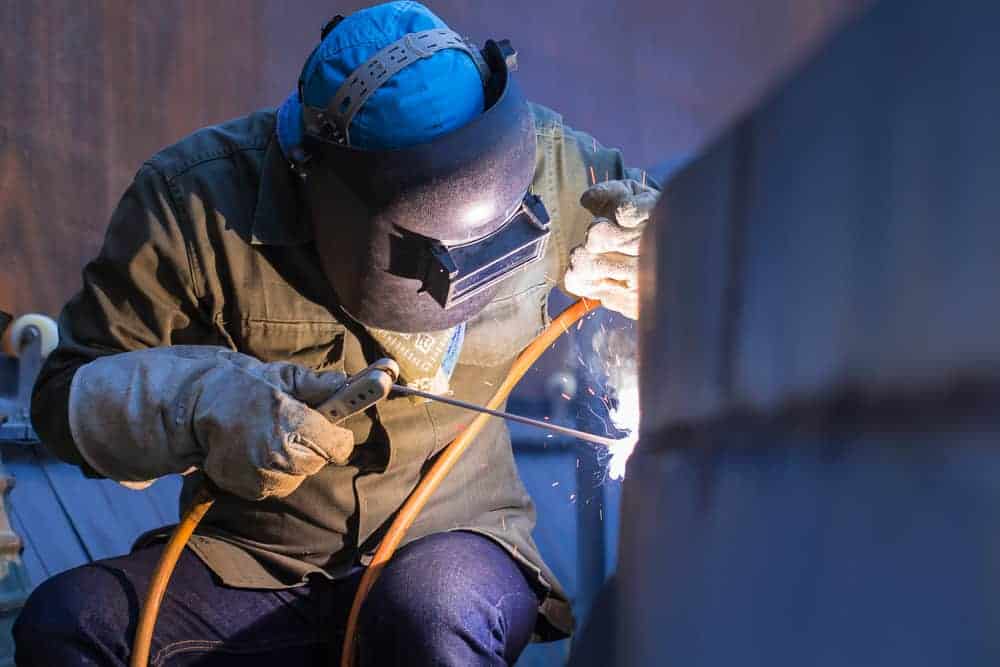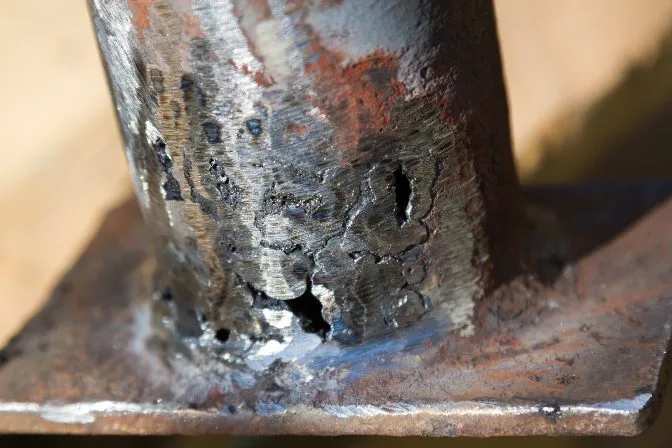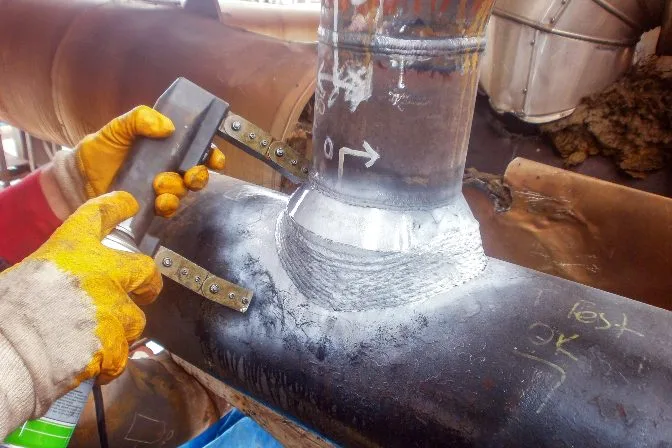What to Get out of a Comprehensive Welding Inspection Milwaukee Refine
What to Get out of a Comprehensive Welding Inspection Milwaukee Refine
Blog Article
A Comprehensive Overview to Welding Evaluation Techniques and Ideal Practices for Quality Control in Fabrication Projects
Welding examination works as an essential column in guaranteeing the architectural honesty and safety of produced projects. Utilizing a selection of techniques-- ranging from aesthetic assessments to advanced techniques like ultrasonic and radiographic screening-- offers crucial insights right into possible problems that may threaten strength. Establishing effective practices and a robust high quality monitoring system can enhance conformity and dependability. Nonetheless, the intricacies of these strategies and their application usually raise relevant concerns regarding the criteria and devices necessary for optimal outcomes. What specific approaches will be most efficient in your jobs?
Importance of Welding Evaluation
Welding inspection is a vital component in ensuring the honesty and security of welded frameworks. The process involves an organized examination of welds to identify any kind of flaws that may endanger the stamina and sturdiness of the final item. Efficient inspection is essential not just for compliance with sector standards and laws however likewise for safeguarding the health and wellness of employees and the public.

Additionally, welding assessment offers as a valuable tool for constant enhancement in manufacture procedures. Ultimately, prioritizing welding assessment promotes a society of high quality assurance, guaranteeing that projects meet both consumer expectations and regulative requirements.
Typical Welding Examination Techniques
Numerous methods are employed to evaluate welds, each customized to spot specific kinds of defects and make certain quality. Among the most frequently utilized methods are visual examination, ultrasonic screening, radiographic testing, magnetic bit testing, and color penetrant testing.
Aesthetic examination is one of the most simple method, permitting inspectors to recognize surface area abnormalities such as splits, porosity, and damaging. Ultrasonic screening employs high-frequency acoustic waves to discover interior defects, offering an extensive evaluation of weld stability. Radiographic screening utilizes X-rays or gamma rays to create pictures of the weld, disclosing interior problems that are not visible to the nude eye.
Magnetic fragment testing is especially efficient for ferromagnetic products, recognizing surface area and near-surface problems by applying electromagnetic fields and utilizing fine fragments that suggest irregularities. Color penetrant screening entails using a tinted color to the weld surface area, which permeates right into fractures and is exposed under ultraviolet light, making it simple to find problems.
Each of these techniques plays a critical duty in keeping welding top quality, and the option of a proper technique depends on the specific requirements of the manufacture job, including material kind, weld configuration, and the wanted degree of inspection.
Vital Assessment Tools


These instruments assist make sure that welds fulfill the called for requirements for strength and sturdiness. Furthermore, ultrasonic testing gadgets are utilized to spot internal problems without compromising the honesty of the weld.
Another essential tool is the hardness tester, which assesses the mechanical residential properties of a weld discover this and identifies its viability for details applications. Welding examination software application aids in recording findings, helping with data evaluation, and guaranteeing compliance with industry criteria. Together, these vital evaluation tools create a detailed arsenal that sustains the welding assessment process, ultimately adding to the high quality assurance of fabrication projects.
Ideal Practices for Quality Control
In the search of quality control, implementing finest practices is crucial for achieving reliable and consistent welding outcomes. Establishing a comprehensive welding high quality monitoring system (WQMS) is essential. This system needs to include specified procedures, criteria, and paperwork techniques that direct every stage of the welding process.
Routine training and qualification of welding personnel are critical. Proficient welders with updated understanding of strategies and security actions contribute dramatically to high quality. In addition, carrying out pre-welding examinations guarantees that products and equipment satisfy defined standards, decreasing the probability of problems.
Including real-time monitoring throughout the welding process enables instant discovery of abnormalities, allowing corrective actions to be taken promptly. Post-welding evaluations, consisting of visual checks and non-destructive testing (NDT), are critical in validating weld integrity and compliance with industry standards.
Additionally, keeping meticulous documents of examinations, weld criteria, and restorative actions promotes a culture of accountability and continuous renovation. Involving stakeholders in routine quality reviews can additionally boost the general efficiency of quality control actions. By sticking to these finest practices, companies can dramatically raise their welding quality control initiatives, consequently guaranteeing project success and customer fulfillment.
Enhancing Security and Conformity
Accomplishing high requirements in welding quality control naturally straightens with the essential of boosting security and compliance within the sector. Efficient welding examination methods are important in identifying prospective risks and ensuring that all processes stick to regulative standards. These methods not only offer to maintain architectural integrity however also secure the health and wellness of personnel associated with fabrication tasks.
Executing strenuous evaluation methods, such as visual assessments, non-destructive screening (NDT), and complete documents, establishes a culture of safety and security and accountability. Training welders and assessors in present safety and security policies and finest techniques is important. This makes sure that all employee recognize possible threats and are equipped to reduce them.
Additionally, Get the facts compliance with market criteria, such as those set by the American Welding Culture (AWS) and the International Organization for Standardization (ISO), is non-negotiable. Regular audits and evaluations assist recognize voids in safety and security measures and promote news continuous improvement - Welding Inspection Milwaukee. Ultimately, a commitment to boosting safety and compliance not only fosters a safer working environment but also results in exceptional quality end results and lowered liability for companies involved in welding construction
Final Thought

Welding inspection serves as a fundamental pillar in making sure the architectural integrity and security of made projects.Welding assessment is a crucial part in ensuring the stability and security of bonded frameworks. Ultimately, prioritizing welding assessment cultivates a society of quality assurance, guaranteeing that jobs fulfill both consumer expectations and regulatory demands. With each other, these crucial inspection tools form an extensive toolbox that sustains the welding examination procedure, inevitably adding to the top quality guarantee of fabrication projects.
In verdict, efficient welding inspection is vital for making sure the structural honesty and security of fabricated jobs. Welding Inspection Milwaukee.
Report this page